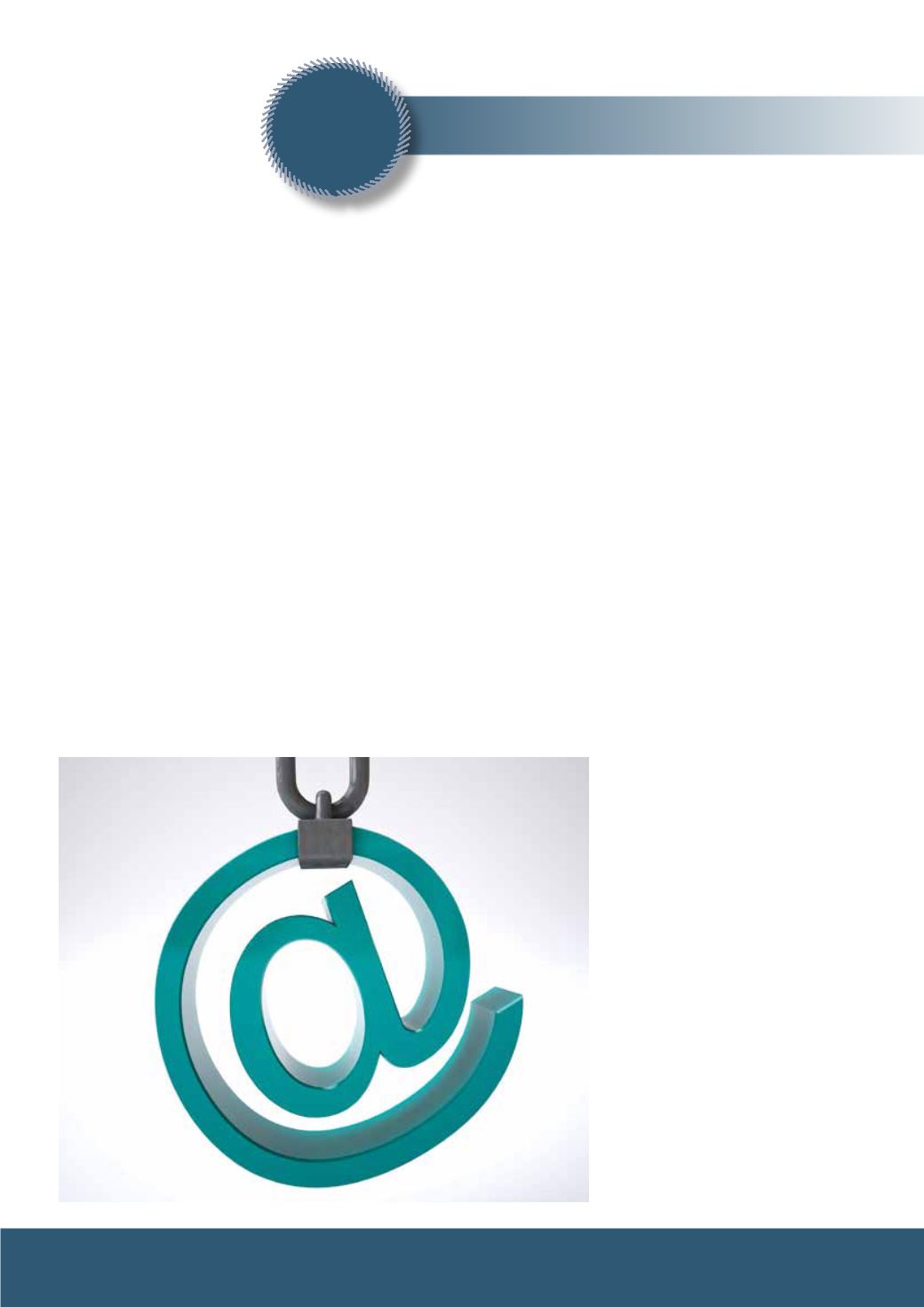
31
Chapter 3: ‘The Internet of Things’
ISSUES: Privacy
Chapter
3 ‘The Internet of Things’
The‘Internet of Things’– what is it and what
are the legal issues?
ByMairead Powell
T
he ‘Internet of Things’ (IoT) is a
term used to describe devices
which can connect via the Internet
and can communicate with us and each
other. Used efficiently, these IoT devices
could transform the way in which we live,
with technology assisting various tasks
and processes as we go about our daily
lives.
There is a whole host of IoT devices now
available to consumers which promise
to make life smarter, from smart TVs to
smart cars to smart pet feeders.
As an example, my friend recently had
a new boiler fitted, along with a shiny
little box which cleverly self-programmes
to her temperature needs. This little
box knows when she is at home or
away, awake or asleep and through a
connection with her phone she can turn
the heating on whilst out of the house.
It is evident that such technology could
bring huge benefits, including cost and
time savings, butwhat are the legal issues
that should be considered?
The legal issues
Data, data andmore data –
security risk?
Data security is a key concern with IoT
devices, taking into account just how
much data can be collected. With various
IoT devices talking to each other via the
internet, the potential for a data security
breach is high and with more and more
IoT devices coming onto the market, this
issue is not going to go away.
Take for example the smart meter
initiative led by the Government. The
intention is that by 2020, over 53 million
smart meters shall be installed in over
30 million homes and small businesses.
The potential here for households and
small businesses to join the ‘grid’ and be
connected through an IoT device is huge.
With increased data collection, comes an
increase in the risk of a breach or failure in
data security. As previously mentioned,
my friend’s shiny new box knows when
she is at home or away. Is there a risk
that this information could end up in
the wrong hands? Absolutely, and to
make matters worse, some IoT devices
have not been designed to automatically
update with new security updates and
patches, leaving these devices without
any security updates. There is also the
risk that users may not update default
passwords provided with the IoT devices
or fail to update them with sufficiently
strong passwords.
If hackers infiltrate IoT devices, the
potential scope for damage is great. Take
for example a smart car – a successful
hack could impact the functions and
safety of the car. Beyond personal use, IoT
devices can be used in various businesses
and institutions including hospitals. In
hospitals, IoT devices can be used to track
the vital information of patients, which
medics can use to determine required
medication. If these systems were
hacked the result could potentially be
life threatening. Whilst these examples
are extreme, they do highlight the
importance of getting security right and
ensuring user confidence and trust.
Data protection:
The security of data goes hand in hand
with data protection. The current data
protection regime in the UK is governed
by the Data Protection Act 1998 which
controls how personal data is used by


